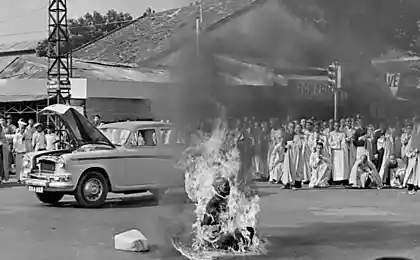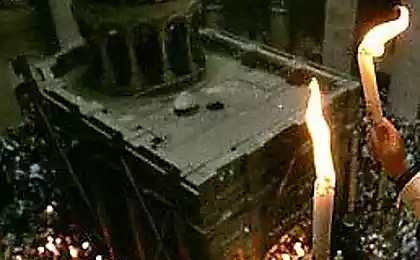594
In India, it was widespread custom of self-immolation of widows, along with her late husband

Self-immolation (or sati) - a ritual that was once widespread in India. Inconsolable widow (free!) Was packed next to the body of her deceased husband on the funeral prepared for the burning bed and burned to death with it.
The ritual of sati existed in India for several centuries, until in 1829 the British occupied the country did not declare him an outlaw. However, it did not help much - self-immolation continues to this day. Although they still prohibited at least twice - in 1956 and 1981st years.
It is not hard to guess that the widow often changes his mind as soon as the fire was getting up to them and tried to jump out of hell. This behavior is seen as the worst disgrace, so watch the ceremony friends and family of the deceased considered it their sacred duty to drive back to the widow of a fire. For this purpose, specially pripasёnnye bamboo sticks. When the sticks could not solve the problem, women attributed.
In the 18th century there was an incident when the widow ran out of the flames and plunged into the river, on the banks of which the ceremony took place. She was caught and thrown back to the pre-break to be sure the hands and feet.
Once upon a time Indian widows are at the very bottom of the social ladder. All that was associated with the widow was considered unclean - from touch and voice to the presence of the poor woman. Widows shunned and despised, so that immediately after the death of the woman's life was transformed into hell. Apparently, it was believed that the grief of losing a loved one is not enough.
via factroom.ru























